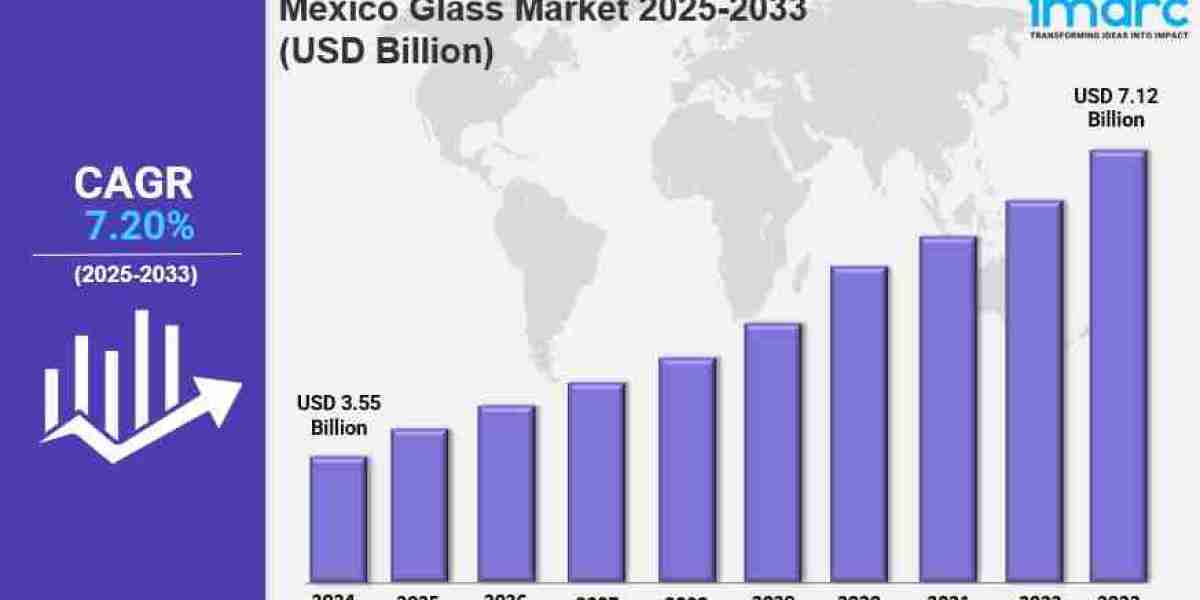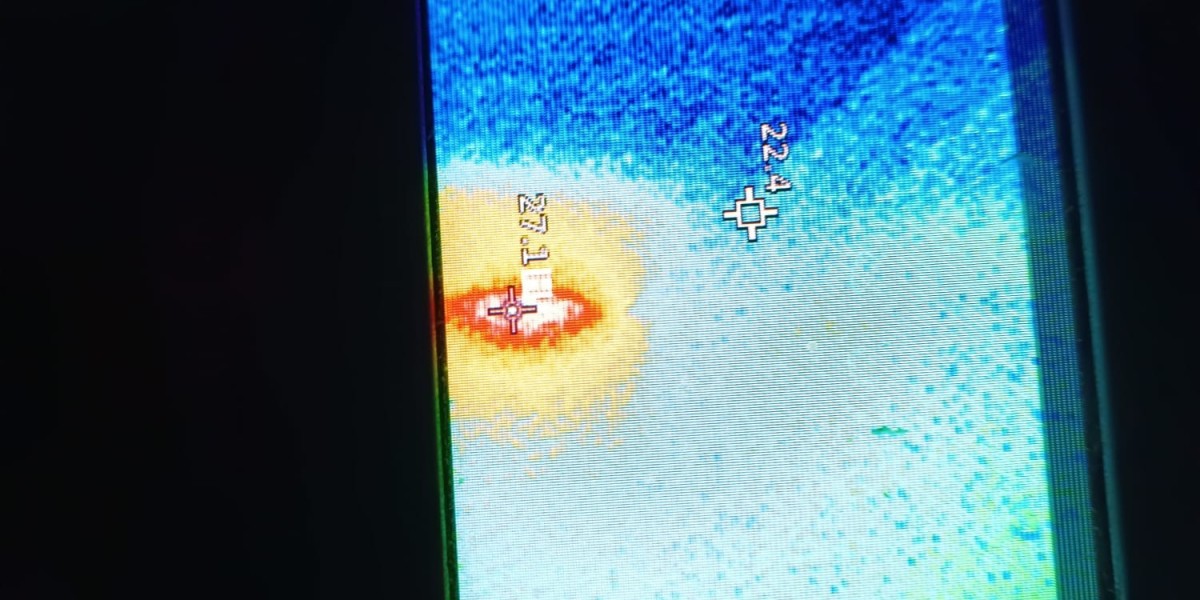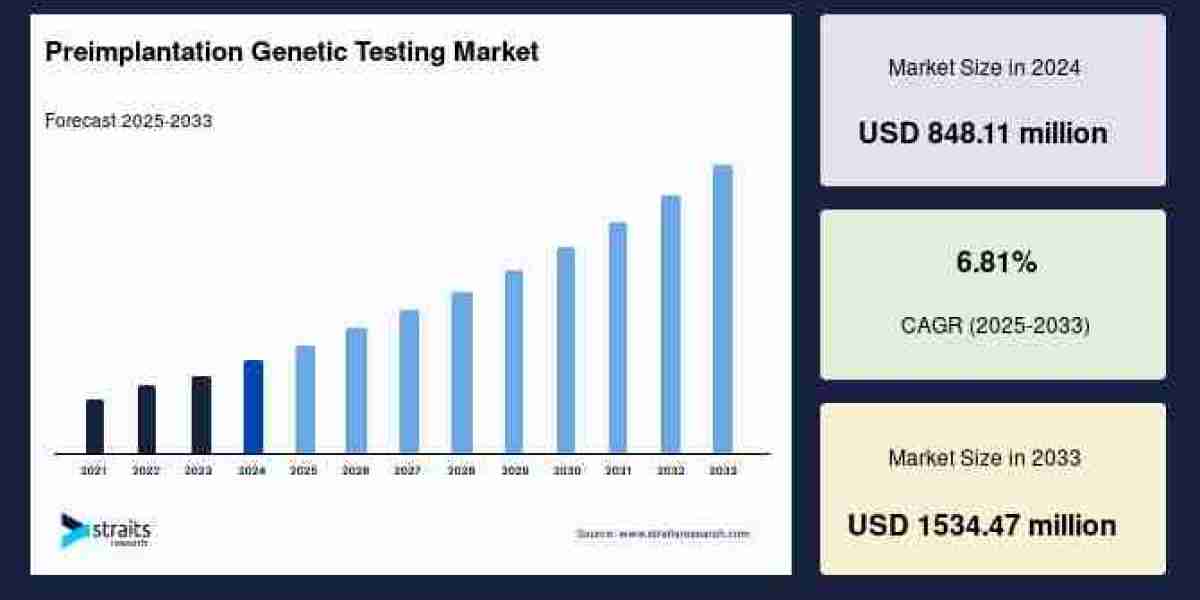Microencapsulated pesticides are increasingly becoming a vital tool in modern agriculture—offering better control, reduced environmental impact, and improved efficacy. According to the MRFR report, the global microencapsulated pesticides market is valued at about USD 2.83 billion in 2023, and is expected to grow to USD 4.50 billion by 2032, reflecting a compound annual growth rate (CAGR) of ~5.3%.
This blog explores what is driving that growth, what the major segmentation looks like, and what challenges and opportunities lie ahead.
Key Drivers of Growth
Sustainability Pressures & Regulatory Constraints
As regulators and consumers push for lower pesticide residues and safer crop protection, microencapsulation offers a route to reducing drift, leaching, and off-target damage. The technology allows for more controlled release and hence better alignment with environmental norms.Technological Advancements
Innovations in encapsulation shell materials (biodegradable, stimuli-responsive), controlled or slow-release matrices, and improved formulation stability are making microencapsulated products more effective, cheaper, and safer.Demand for Enhanced Crop Protection & Efficiency
Farmers want formulations that last longer, require fewer sprays, and reduce total active ingredient usage. Microencapsulation helps achieve that by protecting active ingredients from degradation (UV, moisture) and releasing them over time.Growth in Application Domains
The agriculture segment dominates, but horticulture and public health also contribute significantly. In 2023, the agriculture application alone was valued at ~USD 1.3 billion, with forecasted growth to ~USD 2.09 billion by 2032.
Market Segmentation & Trends
Here’s how the market breaks down by key segmentation categories:
By Application
Agriculture remains the largest application segment, followed by horticulture and public health. In 2023, horticulture was ~USD 0.85 billion and public health ~USD 0.68 billion, with both expected to grow by 2032.By Type (Active Ingredient Class)
The major types are herbicides, insecticides, and fungicides. In many markets, insecticides hold a dominant share owing to their frequent use in managing insect pests.By Formulation / Release Mode
Capsules can be engineered for controlled release, slow release, or immediate release. The controlled and slow-release categories tend to be more favored for sustainable, long-term pest management.By Region
North America is a mature market, with ~USD 1.1 billion in 2023 and expected to grow to USD 1.75 billion by 2032.
Europe had ~USD 0.85 billion in 2023, and projected ~USD 1.35 billion by 2032.
Asia-Pacific is poised for fastest growth, with adoption increasing in China, India, Southeast Asia.
Other market research aligns somewhat differently: for instance, Mordor Intelligence reports a 2025 market size of ~USD 520 million and forecasts it to reach ~USD 850 million by 2030 with a 10.3% CAGR. Grand View estimates the market in 2021 was USD 536.1 million with a CAGR of 12.7% to 2030.
Challenges & Restraints
High R&D / Manufacturing Costs
Developing effective microcapsules with proper shell materials, release kinetics, and stability is capital intensive.Regulatory Complexity & Approval Delays
Each country’s pesticide regulation, residue limits, and safety requirements differ, making it time-consuming to bring new microencapsulated formulations across regions.Farmer Awareness & Adoption Barriers
In many markets, especially among smallholder farmers, knowledge of new encapsulation technologies is low. Convincing them to switch from conventional sprays remains a hurdle.Environmental & Safety Concerns
While microcapsules aim to reduce collateral damage, concerns remain about shell degradation, persistence, and unintended ecological effects if formulations are not well designed.
Opportunities & Strategic Paths
Development of Biopesticide Microencapsulation
Encapsulating biological actives (e.g. microbial agents, botanicals) can make them more stable and effective, opening a synergy between microencapsulation and organic farming.Smart / Stimuli-Responsive Capsules
Capsules that respond to moisture, temperature, pH or pest presence can reduce waste and improve targeting.Precision Agriculture Integration
Coupling microencapsulated formulations with drone spraying, variable-rate application, or sensor-based spraying yields higher value.Regional Tailoring & Localized Formulations
Create formulations tuned for pests, climate, crops in specific regions (for example, tropical pests in Southeast Asia) to improve adoption.Strategic Partnerships & Licensing
Partnerships between formulation technology firms, agrochemical majors, and local distributors can accelerate adoption and market penetration.
Conclusion
Microencapsulated pesticides are becoming a pivotal component in the evolution of crop protection. With a global market of ~USD 2.83 billion in 2023 projected to reach ~USD 4.50 billion by 2032 (CAGR ~5.3%) per MRFR, the growth potential is significant.
However, success will rely not just on growth in numbers, but on innovation (shell materials, controlled-release design), regulatory navigation, farmer education, and sustainability. Players who can deliver efficacy with reduced environmental trade-offs will be best positioned in this maturing market








